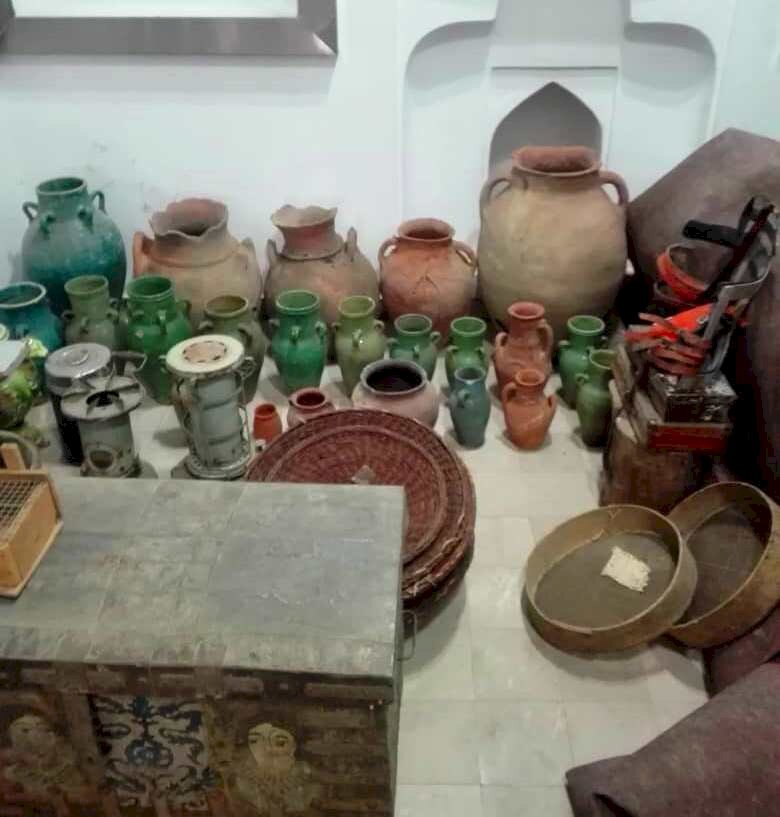Inherited relics donated to Sanandaj museum

TEHRAN –A total of 71 historical relics have recently been donated to Sanandaj Anthropology Museum in western Kordestan province, the provincial tourism chief said on Monday.
The relics, which the donor has inherited from ancestors, include glazed and unglazed earthenware jars, cookware, as well as wooden and metal chests, Yaqub Guylian said on Monday.
The objects will go on display at the museum after expert evaluation, preparation of identification labels, and numbering, the official added.
In addition to displaying the culture, history, and context of the life of the people of the region, these objects may facilitate the preservation and transmission of information for future generations, he noted.
Currently, some 800 cultural heritage museums are active across Iran and some three million historical objects are being kept at museums affiliated with the Cultural Heritage, Tourism, and handicrafts Ministry.
Iran is home to one of the world’s oldest continuous major civilizations, embracing settlements dating back to 4000 BC. It also hosts some of the world’s oldest cultural monuments including bazaars, museums, mosques, bridges, bathhouses, madrasas, gardens, rich natural, rural landscapes as well as 26 UNESCO World Heritage sites.
The name of Iran, formerly known as Persia, mostly conjures up the first Persian Empire, ruled by the Achaemenids (ca. 550 – 330 BC) and sites such as Pasargadae and Persepolis. However, there are tens of prehistorical sites as the Burnt City in Sistan-Baluchestan, Tepe Sialk in Kashan, Susa, and Tchogha Zanbil in the Khuzestan province, and Ecbatana in Hamedan which predate the Achaemenid period.
From a wider point of view, Iranian history can be divided into Pre-Islamic and Islamic eras. The Medes unified Iran as a nation and empire in 625 BC. The Islamic conquest of Persia (633–656) that put an end to the mighty Sassanid Empire (224–651) was a turning point in the history of the nation.
Kordestan also spelled Kurdistan, is bounded by the Iranian region of Azarbaijan on the north, and it borders Iraq on the west. The name Kordestan means “Country of the Kurds,” referring to the region’s principal inhabitants. After the Turkish invasion of Iran in the 11th century CE (Seljuk period), the name Kordestan was applied to the region comprising the northwestern Zagros Mountains.
It was during the reign of the Safavid monarch, Shah Abbas the Great, that the Kurds rose to prominence, having been enlisted by Abbas I to help stem the attacks of the marauding Uzbeks from the east in the early 17th century.
ABU/AFM
Leave a Comment